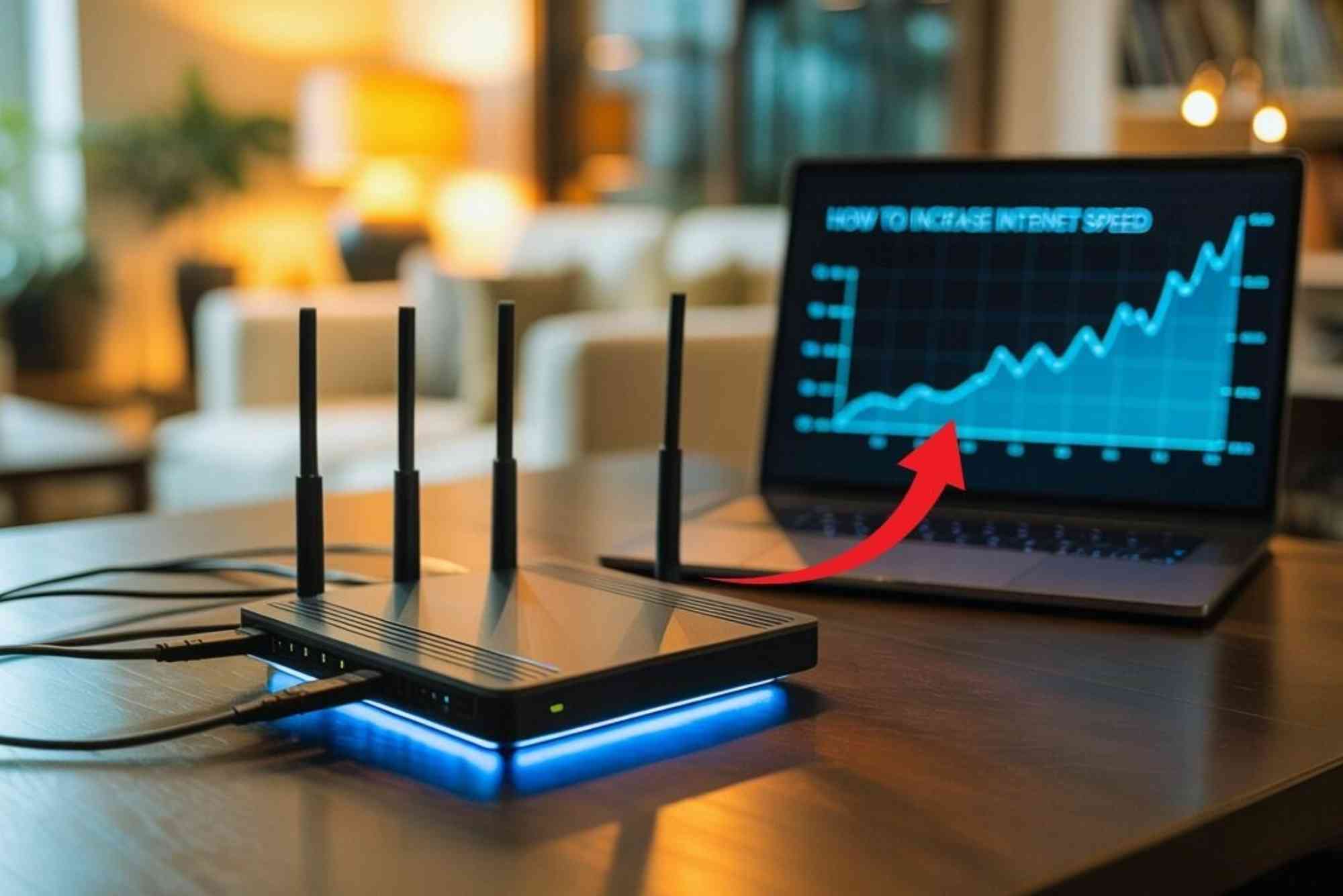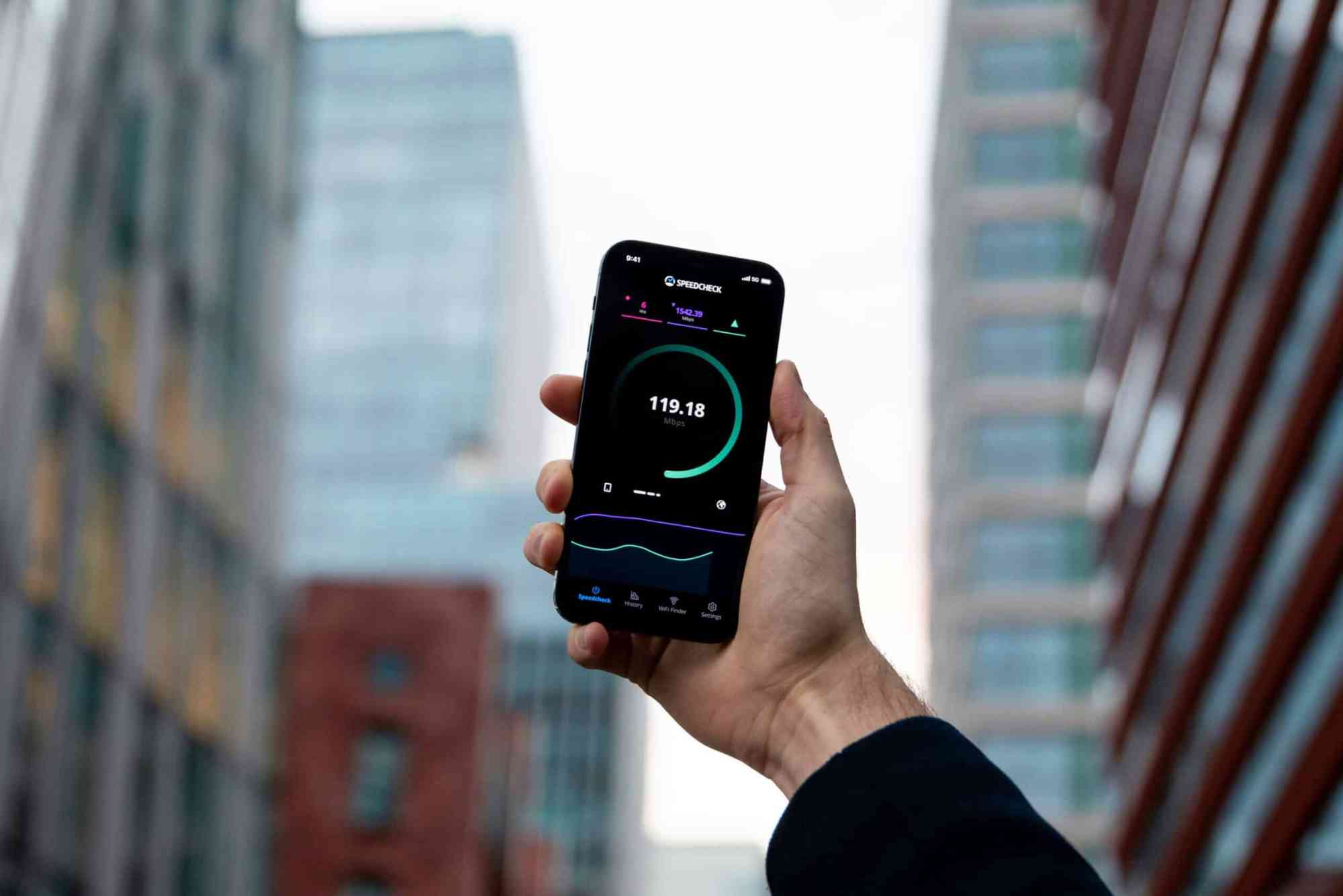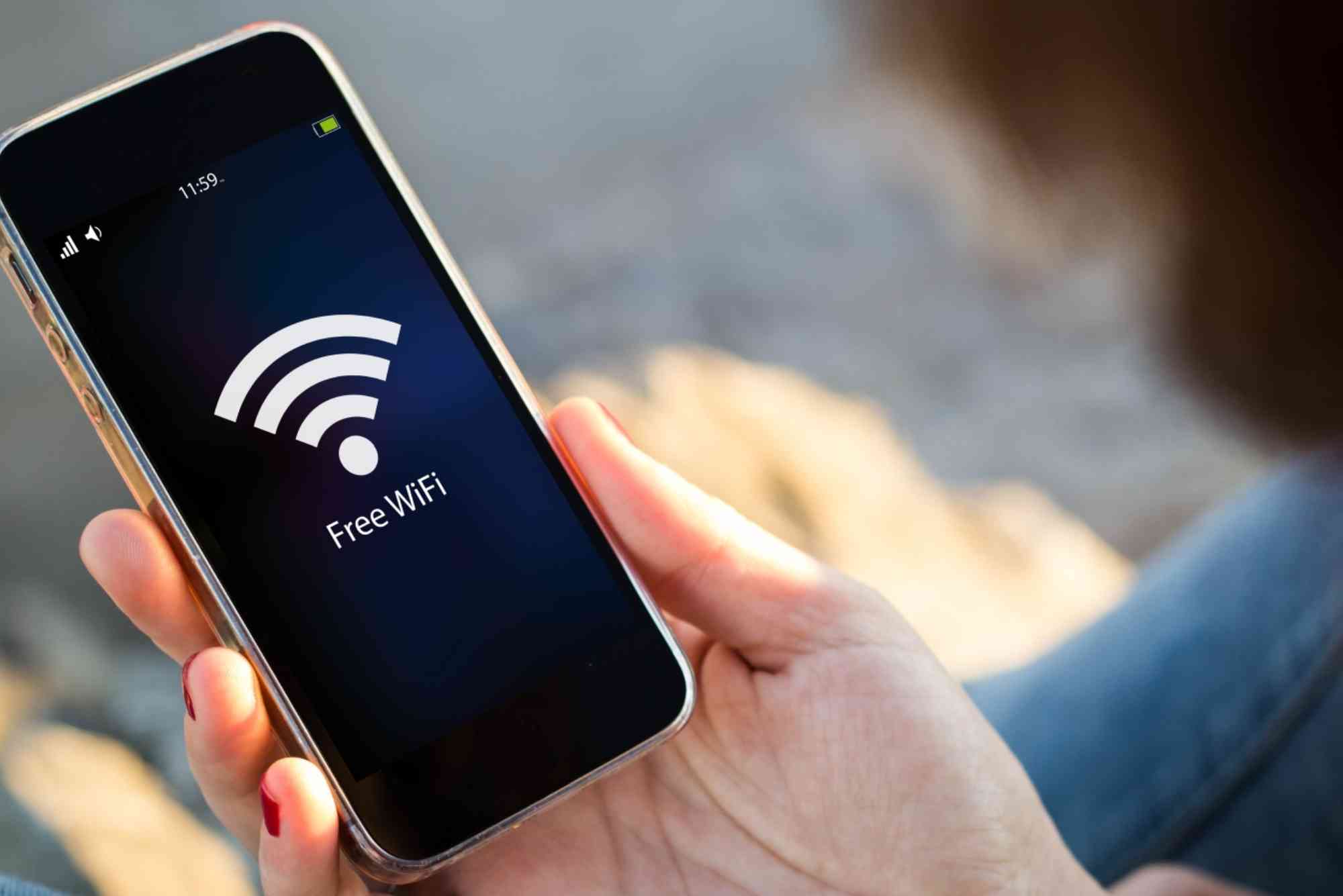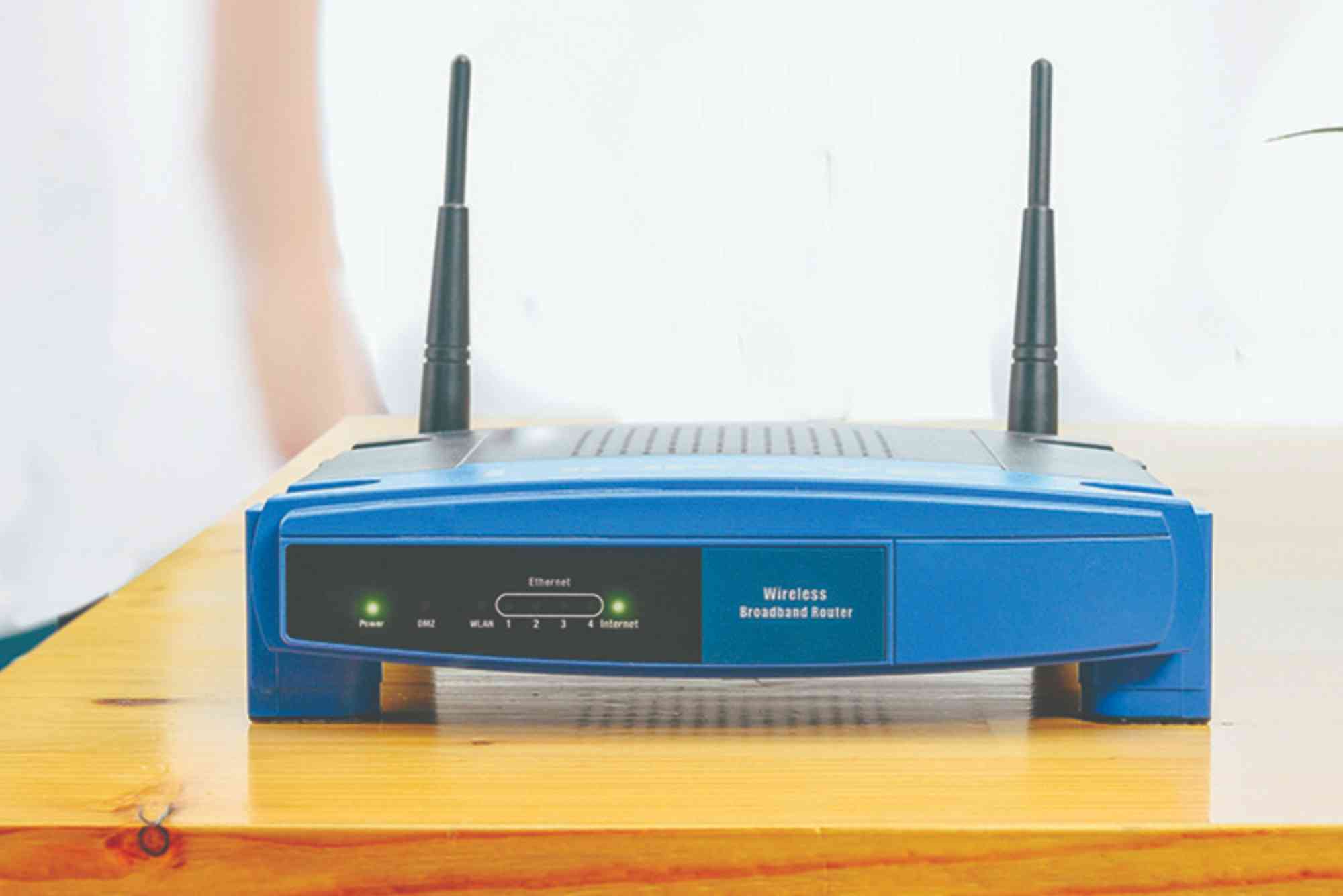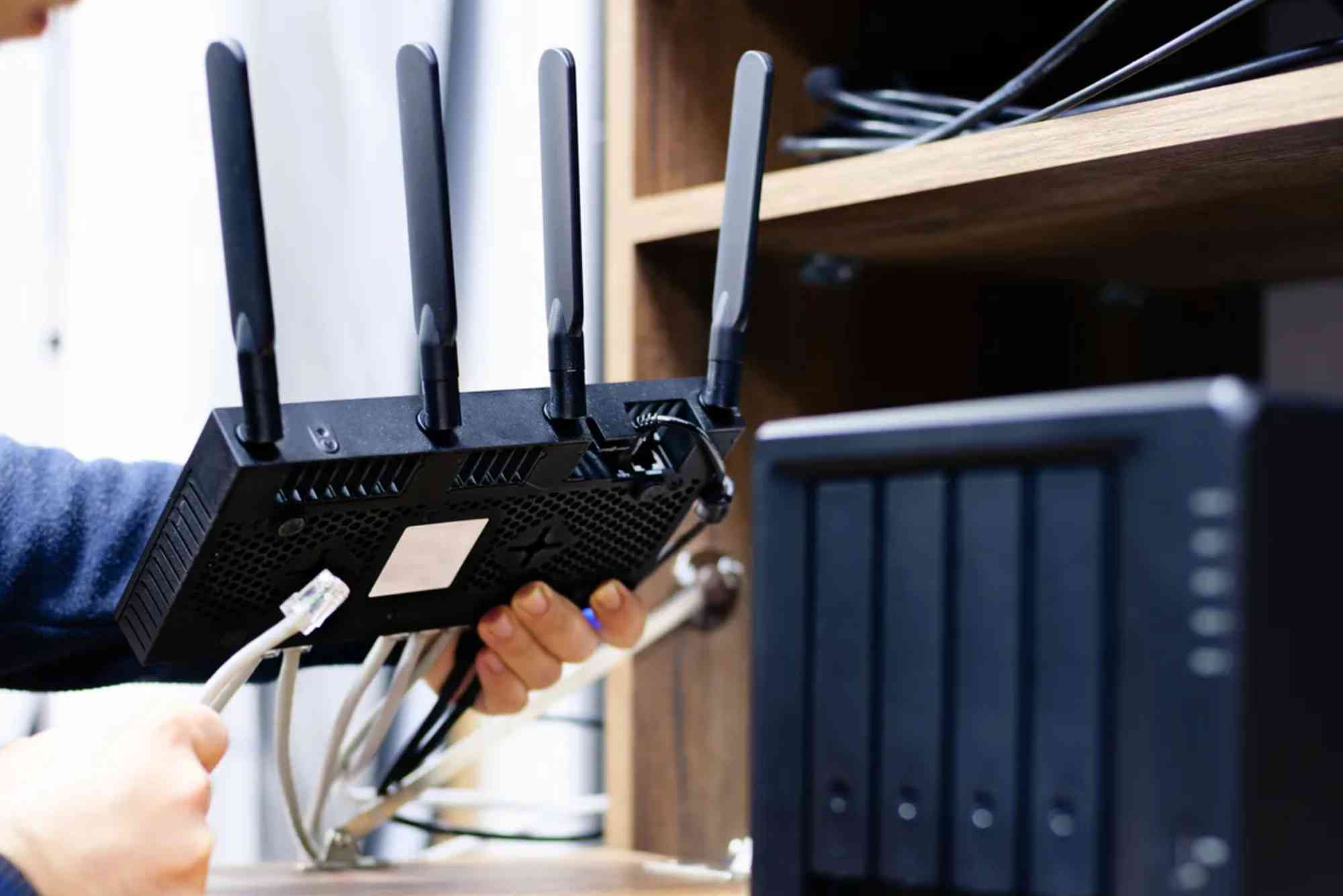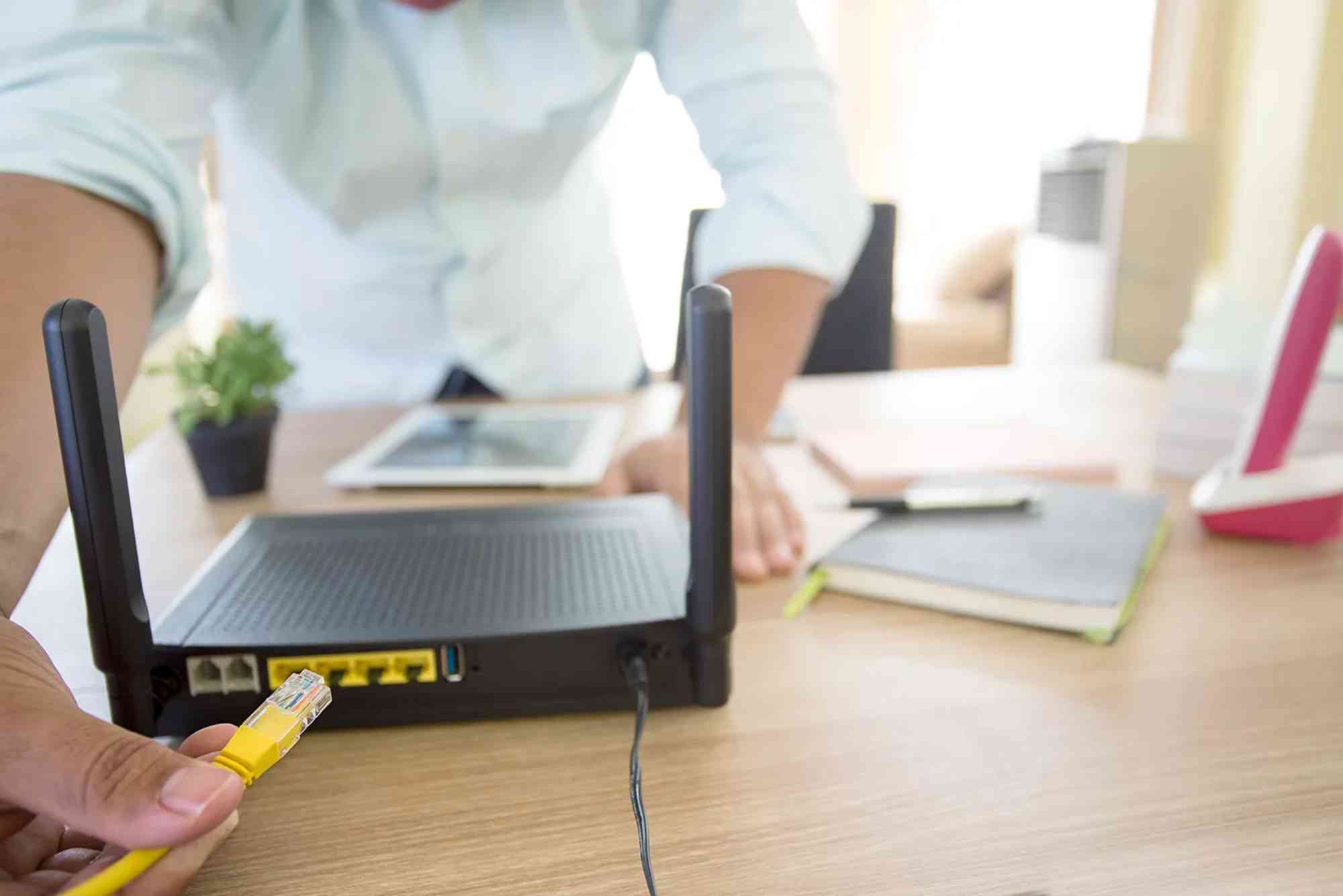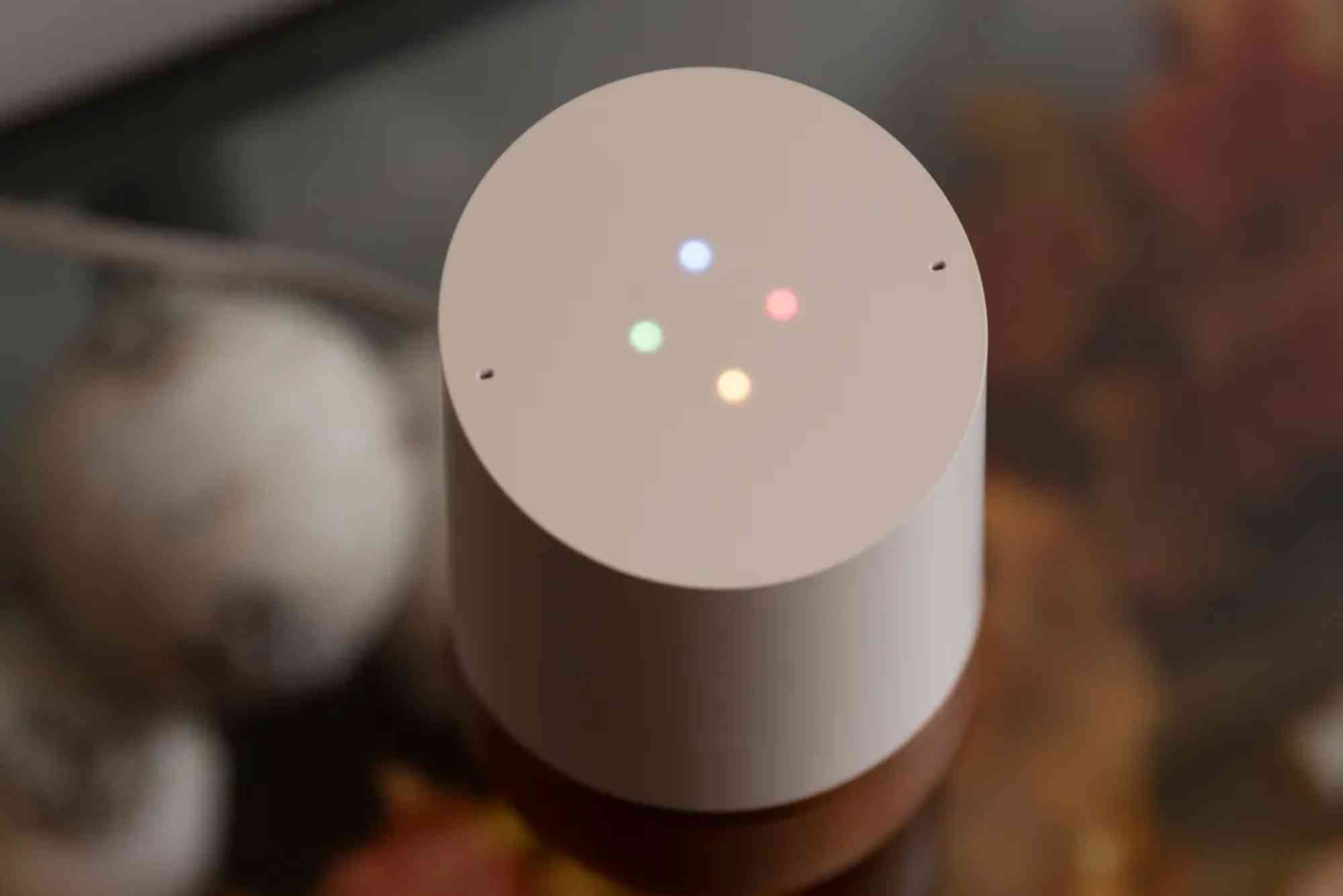Cable Modem vs Fiber Optic Modem: Key Differences
When it comes to choosing the right internet connection, the debate of cable modem vs fiber optic modem often comes up. Both technologies deliver internet but in very different ways. A cable modem relies on coaxial cables, while a fiber optic modem uses light signals through glass fibers. These differences affect speed, reliability, and cost.
Whether you’re upgrading your home network or exploring better service providers like Dhanote Internet Services, understanding these differences can help you make the best decision. Let’s break it down in simple terms.
What is a Cable Modem?
A cable modem is a device that connects your home to the internet through the same coaxial cables used for cable TV.
How it Works
- Internet data travels as electrical signals over copper wires.
- The modem converts these signals into digital data for your devices.
- It connects to a router for Wi-Fi distribution.
Key Features
- Common in urban and suburban areas.
- Speeds typically range from 100 Mbps to 1 Gbps.
- Performance can fluctuate during peak hours.
What is a Fiber Optic Modem?
A fiber optic modem, also called an Optical Network Terminal (ONT), uses light signals transmitted through glass or plastic fibers.
How it Works
- Data travels at the speed of light via optical fibers.
- The modem converts light signals into digital data.
- It connects directly to your router for high-speed Wi-Fi.
Key Features
- Extremely fast, supporting speeds up to 10 Gbps or higher.
- Stable performance regardless of network traffic.
- Lower latency, ideal for gaming and video calls.
Cable Modem vs Fiber Optic Modem: Side-by-Side Comparison
Speed
- Cable Modem: Usually maxes out at around 1 Gbps. Speeds may drop during busy times.
- Fiber Optic Modem: Can deliver multi-gigabit speeds consistently, even with multiple users.
Reliability
- Cable Modem: Prone to interference and slower speeds if many people in your area use the internet at once.
- Fiber Optic Modem: Highly reliable since it uses light signals unaffected by electrical interference.
Latency
- Cable Modem: Average latency is around 20–30 ms. This can affect online gaming and video calls.
- Fiber Optic Modem: Ultra-low latency of 5–10 ms, perfect for real-time applications.
Cost
- Cable Modem: More affordable upfront. Widely available in most neighborhoods.
- Fiber Optic Modem: Higher initial setup cost, but prices are decreasing as fiber expands.
Availability
- Cable Modem: Accessible almost everywhere with cable TV service.
- Fiber Optic Modem: Limited to areas where providers have installed fiber lines.
Which is Better for Your Home?
The choice between a cable modem and a fiber optic modem depends on your needs:
- If you want affordable internet and don’t need extreme speeds, a cable modem works fine.
- If you prioritize speed, stability, and future-proofing, a fiber optic modem is the better choice.
Providers like Dhanote Internet Services are expanding fiber networks, making it easier for more households to switch.
Benefits of Fiber Over Cable
Consistent Speeds
Unlike cable, fiber doesn’t slow down during peak hours.
Better for Work and Gaming
Low latency and fast upload speeds support remote work, streaming, and competitive gaming.
Long-Term Value
Though initial costs are higher, fiber delivers more value over time with fewer upgrades needed.
Common Misconceptions
“Cable is just as fast as fiber.”
Not true—cable speeds often slow down with heavy use, while fiber maintains consistent performance.
“Fiber is only for businesses.”
Fiber is increasingly available for homes, offering huge benefits for streaming and smart devices.
“Cable is more reliable than fiber.”
In fact, fiber is less prone to interference and outages compared to cable.
FAQs
Is fiber internet better than cable?
Yes, fiber offers faster speeds, lower latency, and greater reliability than cable.
Do I need a special modem for fiber internet?
Yes, you’ll need a fiber modem or ONT (Optical Network Terminal).
Can I use my cable modem with fiber?
No, fiber requires a different type of modem since it uses light signals instead of electrical signals.
Is fiber internet worth the higher cost?
For heavy internet users, gamers, and remote workers, fiber is well worth the investment.
What happens if my area doesn’t have fiber?
You can use a cable modem until fiber becomes available. Providers like Dhanote Internet Services are working to expand coverage.
When comparing cable modem vs fiber optic modem, the differences are clear. Cable offers affordability and availability, while fiber delivers unmatched speed and reliability.

